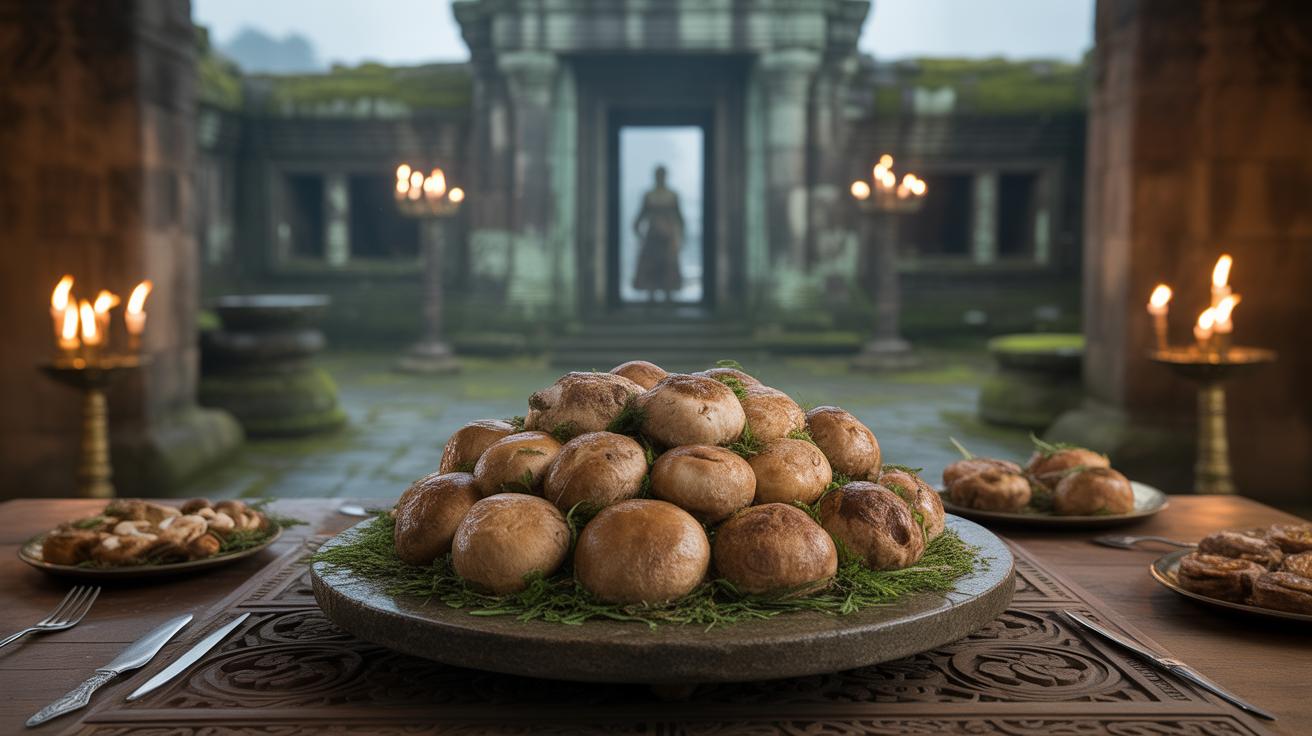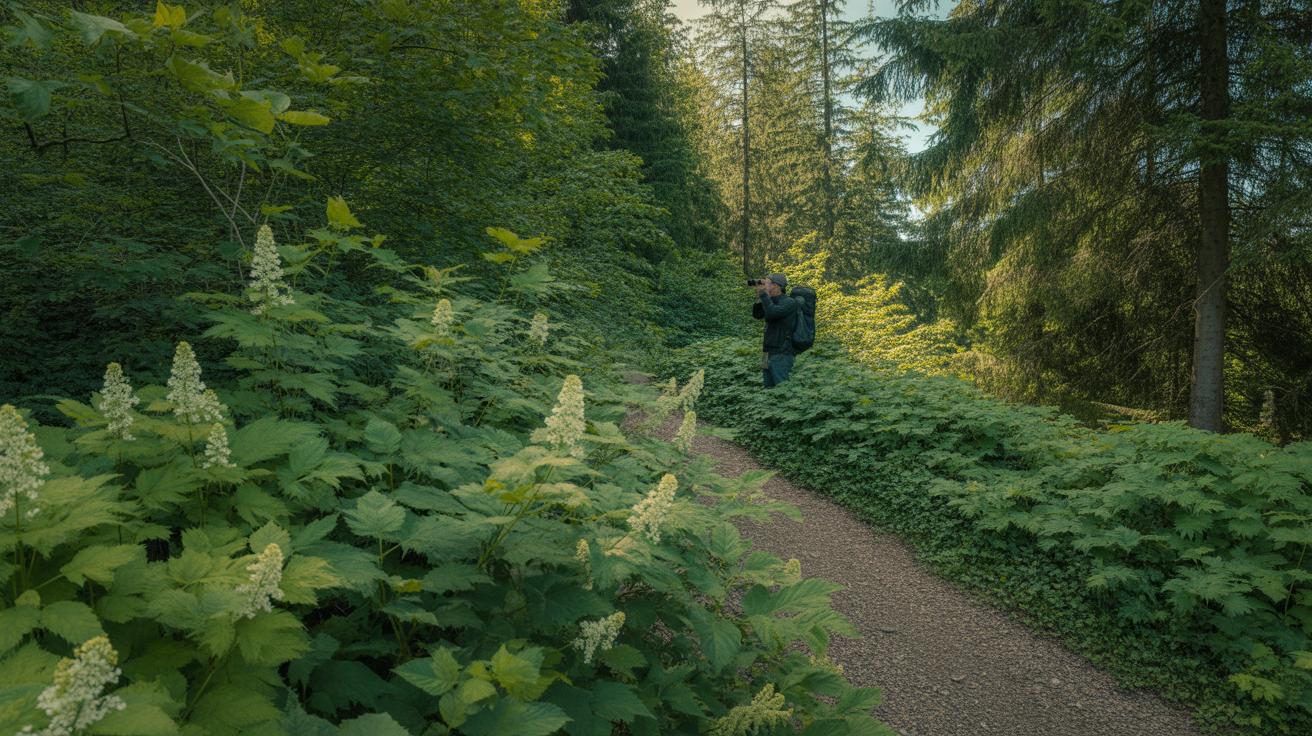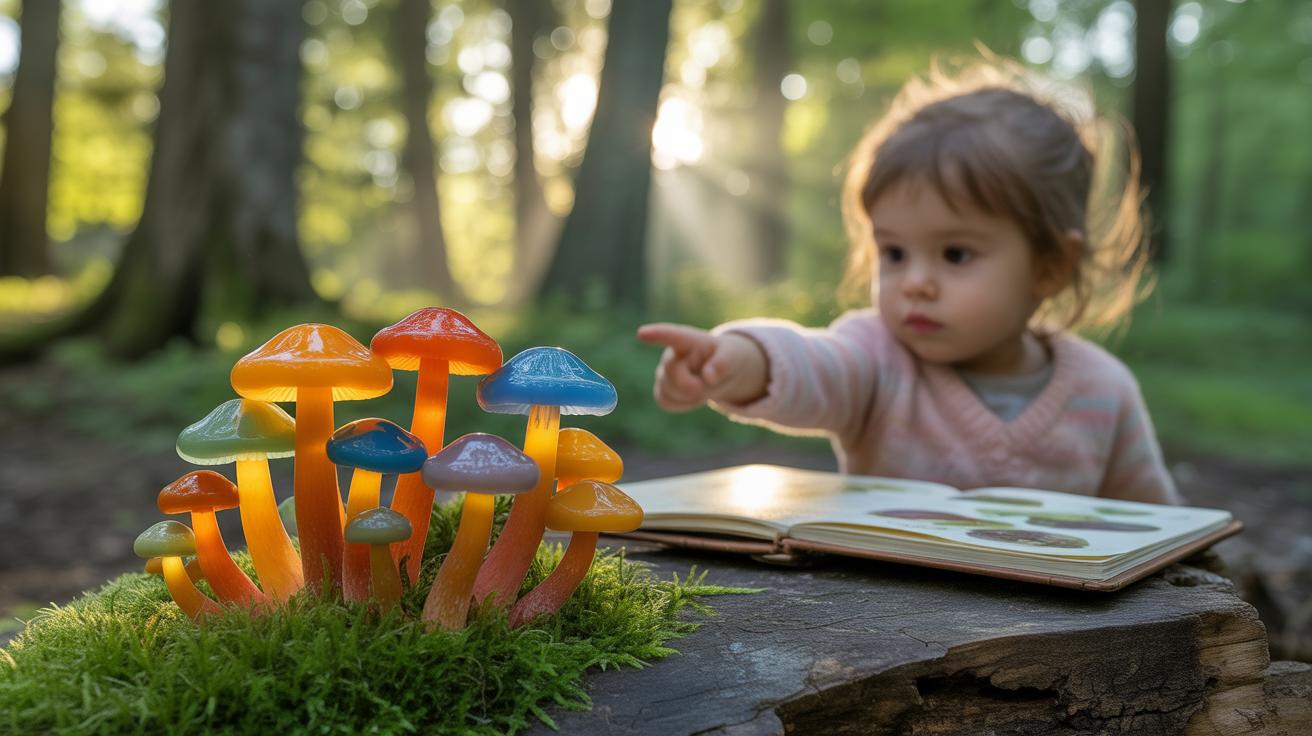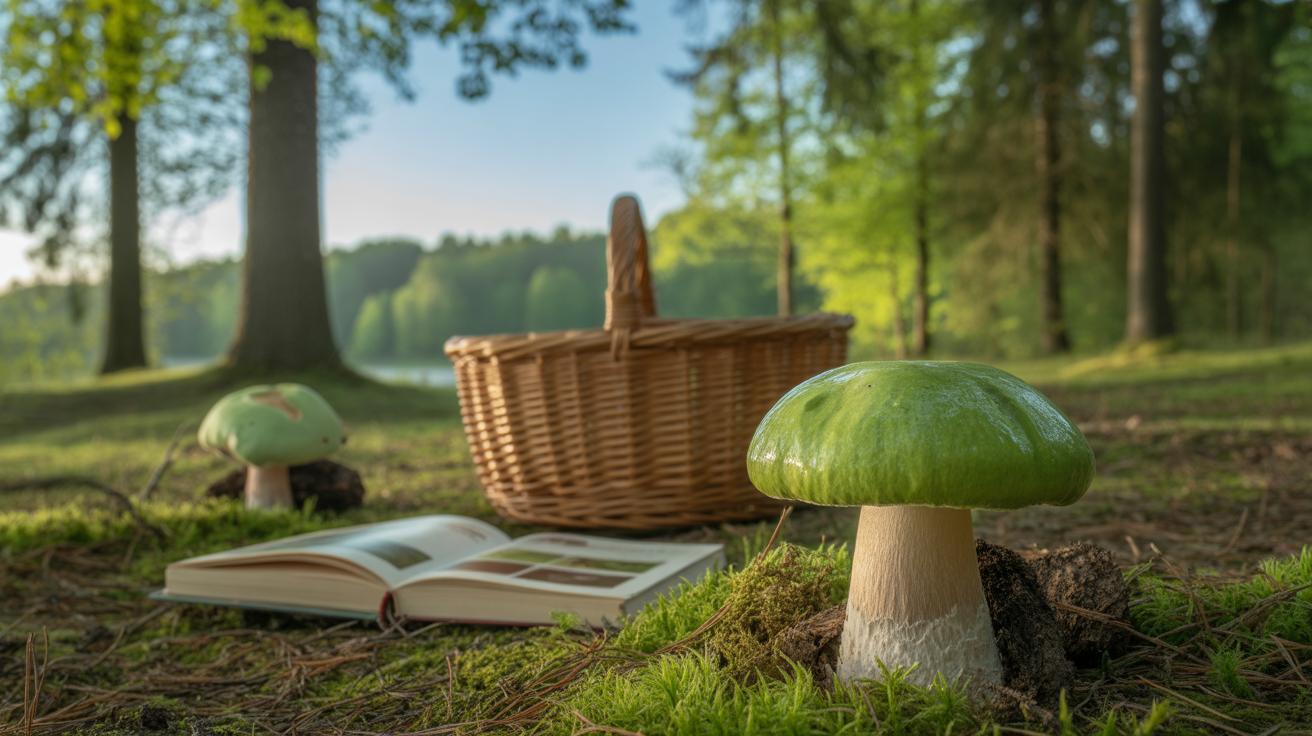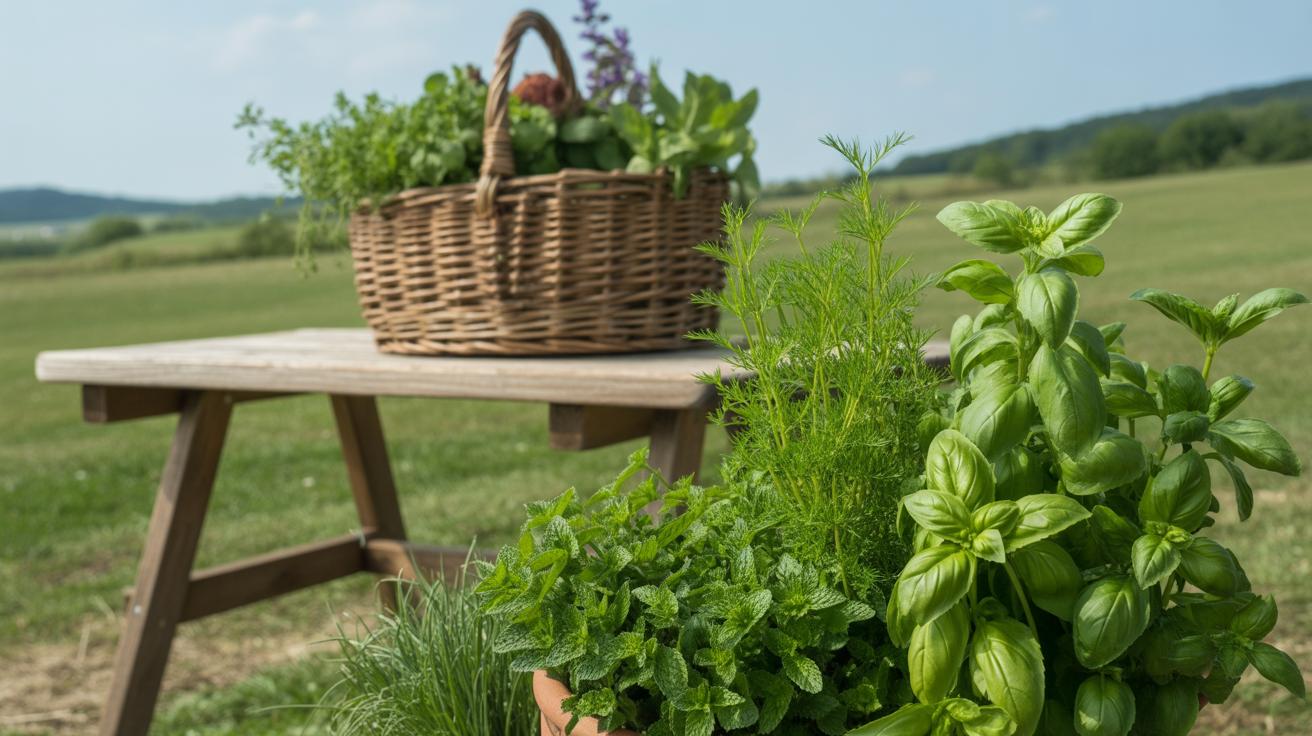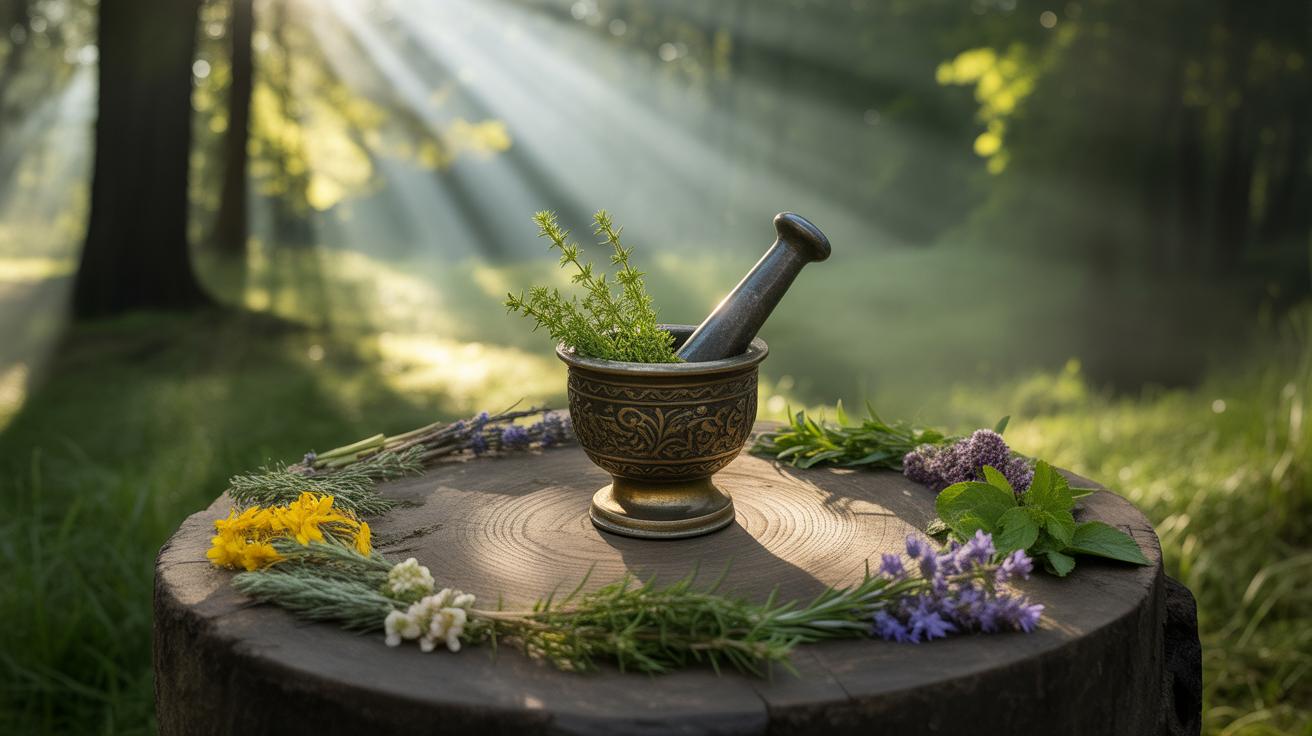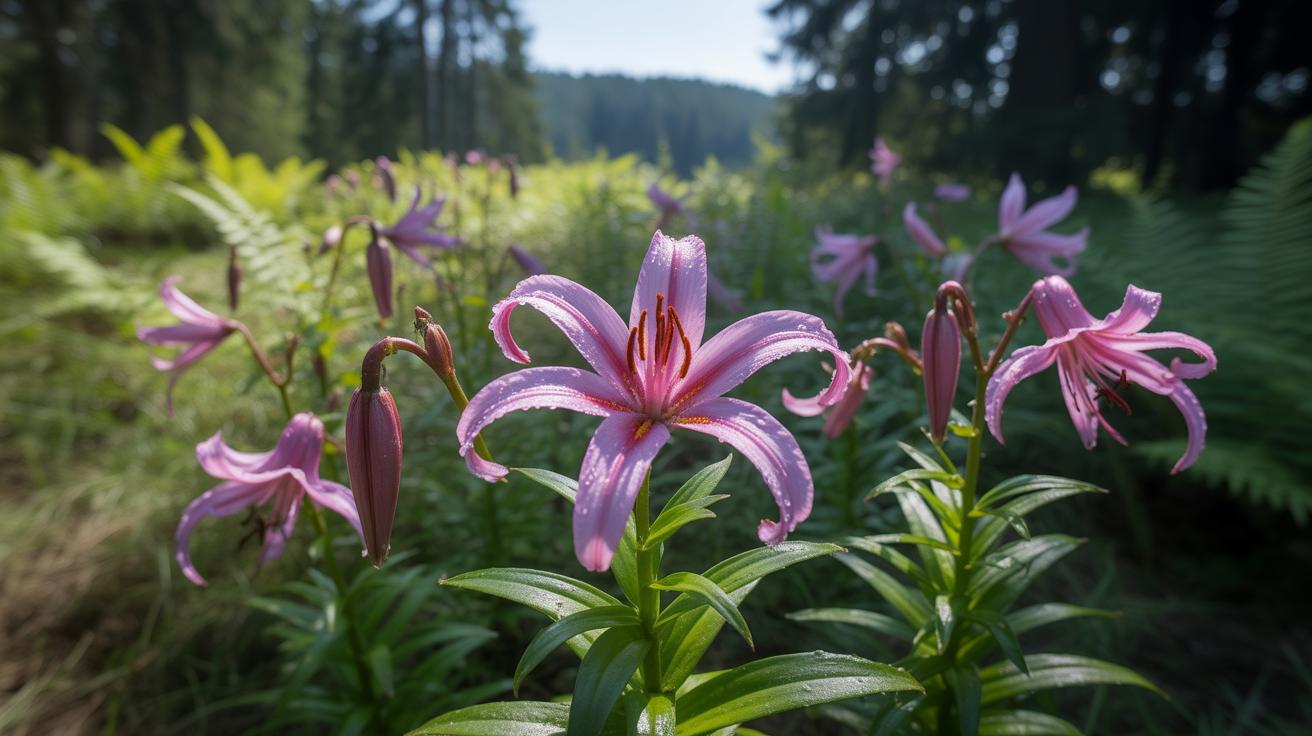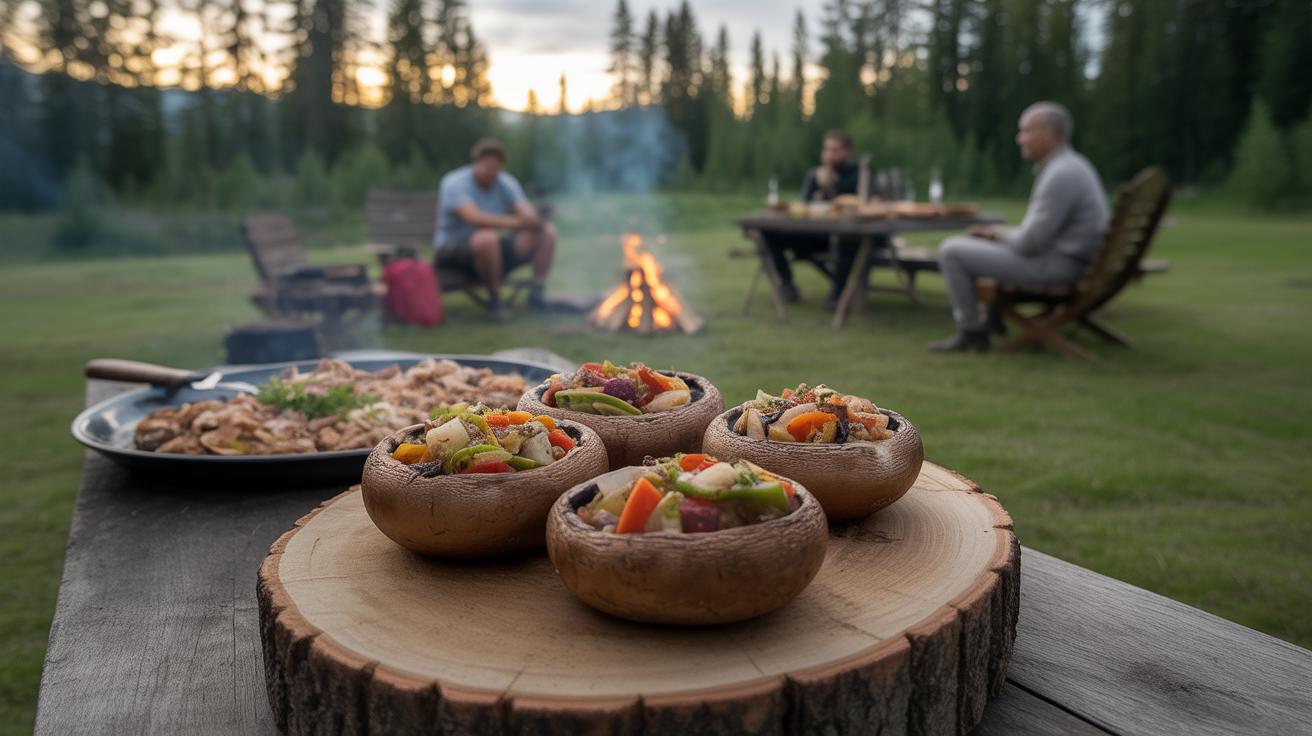Introduction
Stuffed mushrooms have a long and interesting history as a dish cherished by many cultures over time. These mushrooms, hollowed and filled with various ingredients, offer more than just flavor—they bring together nutrition and culinary tradition. Exploring ancient recipes featuring stuffed mushrooms opens a window into how our ancestors prepared food and celebrated flavors.
This article takes you on a journey through the origins, ingredients, and methods used in ancient times for stuffed mushrooms. You will discover how the simple mushroom became a canvas for creativity and how ancient cooks combined local ingredients to make delicious stuffed mushrooms enjoyed at feasts and daily meals alike.
The Origin of Stuffed Mushrooms in Ancient Cuisine
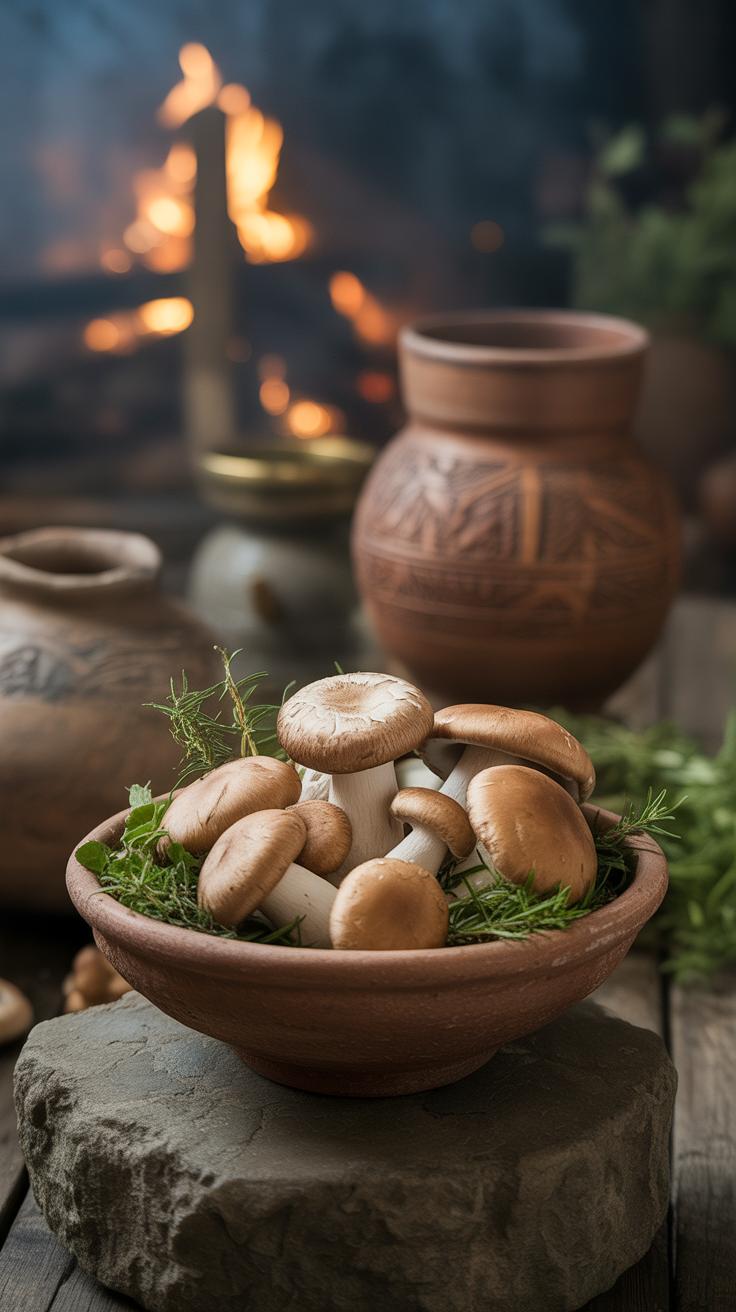
Early Uses of Mushrooms in Cooking
Mushrooms have appeared on human plates for thousands of years. Early on, people probably gathered wild mushrooms for their unique taste and nutritional value. They were more than just a snack—ancient peoples saw mushrooms as a rare ingredient, sometimes even a delicacy. They offered moisture and earthiness to the diets of communities relying mostly on grains and meat.
Some ancient cultures believed mushrooms had medicinal properties too, which made them even more valuable. It’s possible that early cooks roasted or boiled mushrooms just to soften them or bring out some flavor, maybe mixing them with herbs or simple seasonings when available. That initial use laid a foundation for more complex preparations, like stuffing.
First Records of Stuffed Mushrooms
When we look closely, early references to stuffed mushrooms are scarce but intriguing. Ancient Roman writings hint at stuffings involving minced meat or herbs placed inside larger vegetables or fungi, mushrooms included. Apicius, the famous Roman cookbook from the first century, contains recipes where mushrooms are filled with mixtures of breadcrumbs, spices, and sometimes small pieces of meat or fish.
Elsewhere, Egyptian tomb paintings suggest that mushrooms were appreciated, though specific recipes are harder to find. Still, one could guess that stuffing mushrooms was a way to add variety and richness to meals in these ancient kitchens. It feels like a culinary curiosity that ancient cooks might have experimented with, revealing an early desire to combine textures and flavors rather than simply roasting or boiling ingredients separately.
Common Ingredients in Ancient Stuffed Mushroom Recipes

When looking at the stuffing ingredients in ancient mushroom recipes, you often find a surprisingly practical mix. The choice wasn’t random. Ancient cooks used available foods that balanced texture with flavor, and that would hold together during cooking.
Typical ingredients included:
- Ground nuts or seeds, like walnuts or pine nuts, which added a bit of crunch and richness.
- Crumbled bread or soaked grains to give bulk and absorb juices.
- Olive oil or animal fats to bind the mixture and keep it moist.
Why those choices? Well, they were largely driven by seasonality and accessibility, but also by a desire to maximize flavor without wasting leftovers. It’s easy to overlook how much these ingredients served dual purposes: both as fillers and as flavor carriers. I’ve tried stuffing mushrooms with nuts before—it gives a bit of bite, almost like a surprise inside. And ancient cooks probably appreciated that contrast.
Herbs and Spices from Ancient Kitchens
The flavoring of stuffed mushrooms was almost never bland. Ancient kitchens had their stock of herbs and spices that gave life to otherwise simple ingredients. Common ones included:
- Parsley and coriander, which offered freshness and a subtle bite.
- Mint and dill, adding a slightly sweet or cooling note.
- Cumin and coriander seeds, toasted for earthy warmth.
- Garlic and onion, chopped finely to blend with other elements.
These herbs functioned not just as seasoning but also to mask any strong or less desirable flavors. Sometimes they were maybe overused, possibly hiding the filler’s cruder textures or smells. Still, their presence was key for making the stuffing more than just a bland filler inside the mushroom cap.
Proteins and Fillers in Stuffings
Protein sources were flexible. Animal proteins like minced lamb, fish, or poultry were common in some cultures, but many recipes relied on plant-based proteins. Lentils and chickpeas, mashed or ground, showed up often to provide substance.
Cheeses, especially fresh or soft varieties, appeared in some Mediterranean versions, mixing creaminess with saltiness. Breads, ranging from coarse flatbreads to leftovers, were soaked, crumbled, and seasoned to create a dense, absorbent base. These fillers prevented the stuffing from falling apart and contributed texture.
It’s interesting that the focus seemed less on creating a separate dish and more on enhancing the mushroom itself. The stuffing was a compliment, not the main event, and that might explain why sometimes the fillings were modest—just enough to elevate the mushroom’s earthy flavor without overwhelming it.
Techniques for Preparing Stuffed Mushrooms
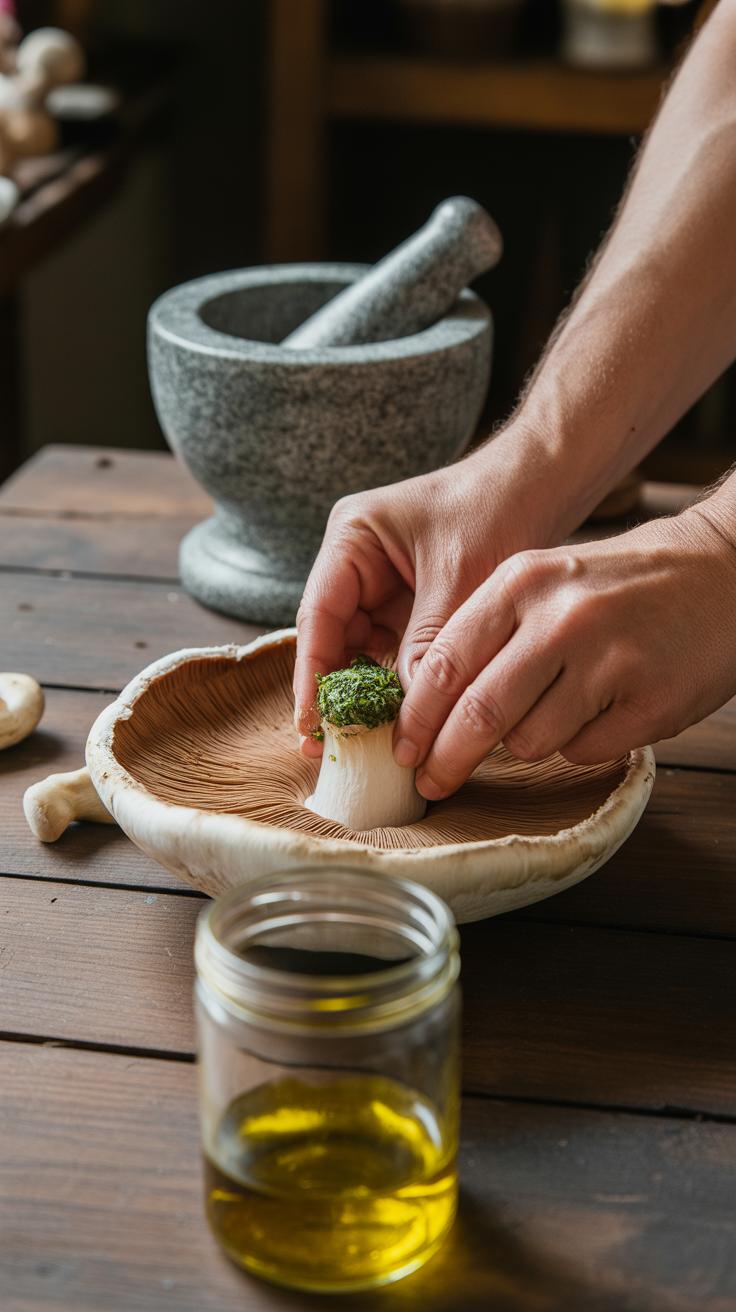
Cleaning and Preparing Mushrooms
Ancient cooks didn’t have running water as we do, but they still found careful ways to clean mushrooms before stuffing them. Often, they’d brush off dirt with cloth or soft brushes to avoid sogginess from washing mushrooms directly. Sometimes, a quick rinse was used, but only if the mushrooms could dry thoroughly—wet mushrooms spoil texture.
After cleaning, stems were usually removed or hollowed out to make room for stuffing. This step wasn’t just practical; it helped ensure the filling didn’t become soggy. Some cooks chopped the stems finely and mixed them into the stuffing itself, making use of every part of the mushroom. Preparing mushrooms this way needed patience and attention to detail.
Cooking Methods Used Historically
Ancient recipes relied mostly on heat sources available then—mostly open fires, clay ovens, or hot coals. Baking stuffed mushrooms in shallow earthenware dishes was common, allowing steady, gentle heat to cook the fillings through without burning.
Roasting was another approach, roasting mushrooms directly over embers. This gave a slightly smoky flavor and crisp edges but required careful turning. Sometimes, mushrooms were broiled—or rather, placed close to the fire’s heat—to brown the tops quickly. Such techniques demanded watchful eyes since mushrooms cook fast and could dry out.
Interestingly, cooking times and methods varied by region and season, influenced by what fuels and tools were at hand. Have you ever thought about how simple adjustments like these affected the flavors ancient cooks got? It’s quite fascinating to imagine those smoky, tender mushrooms enjoyed centuries ago.
Cultural Significance of Stuffed Mushrooms
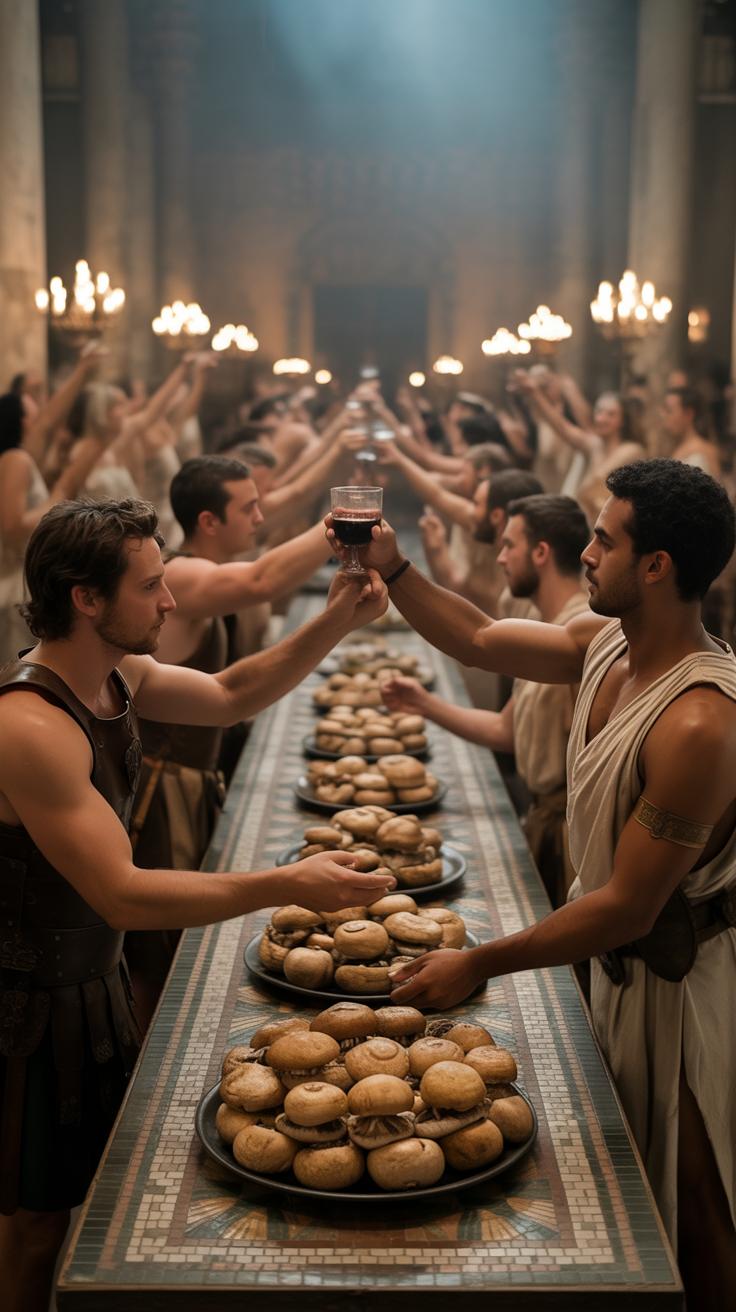
Stuffed Mushrooms at Feasts and Celebrations
Stuffed mushrooms often appeared as more than just a dish in ancient feasts; they carried symbolic and social weight. In some ancient societies, offering stuffed mushrooms at a celebration signaled abundance and a connection to the earth’s bounty. These dishes might have been reserved for special occasions where guests were honored with something unique, suggesting these small bites had a role beyond simple nourishment.
Descriptions from old texts hint at their place in ritual gatherings or community feasts, where shared food reinforced bonds. Preparing the mushrooms with particular herbs or fillings could reflect the host’s status or the event’s significance. It’s curious how something as small as a mushroom could hold such a place at a grand event, don’t you think?
Everyday Uses of Stuffed Mushrooms
On the other hand, stuffed mushrooms also found their way onto everyday tables, especially in regions where wild mushrooms were common. Their adaptability made them a practical choice, filled with whatever was on hand, from grains to cheeses or spices. Unlike dishes reserved for the elite, these mushrooms were part of the routine, contributing to simple, filling meals.
Everyday cookery often relied on seasonal availability and local produce, so mushrooms were a reliable ingredient. They added flavor and variety amid otherwise repetitive diets. Some might argue that their daily presence helped maintain nutritional balance, while others may see it merely as a modest convenience. Either way, they bridged the gap between daily sustenance and occasional luxury.
Regional Variations in Ancient Stuffed Mushroom Recipes
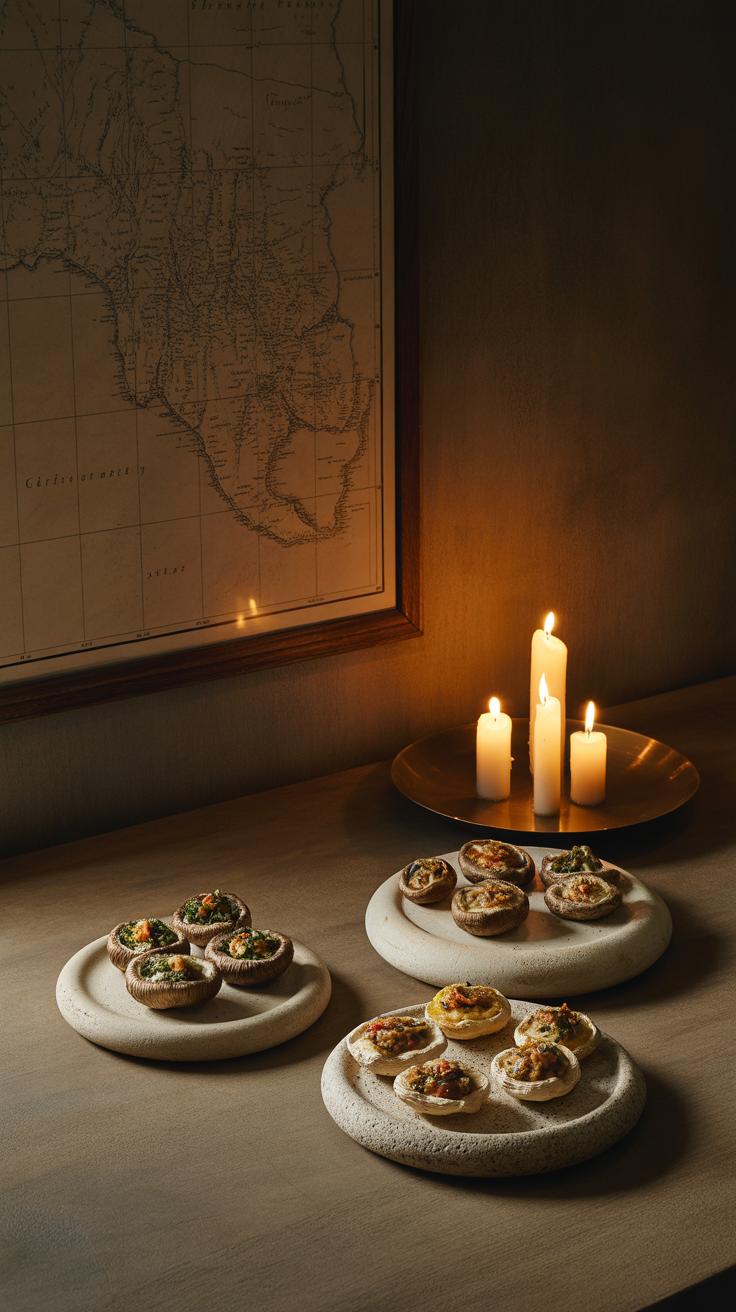
Mediterranean Stuffed Mushroom Traditions
In the Mediterranean, stuffed mushrooms took on a distinctly fresh and herbaceous character. Imagine mushrooms filled with a blend of ingredients like olives, garlic, onions, and local cheeses, perhaps soft sheep’s cheese or aged pecorino. The addition of herbs—rosemary, thyme, oregano—added layers of flavor that complemented the earthiness of the mushrooms without overpowering them.
One Mediterranean twist involved mixing minced nuts, like pine nuts, with spiced breadcrumbs to create a textured filling. These mushrooms often carried a slight acidity, thanks to a splash of vinegar or lemon juice in the mix, which cut through the richness. It’s fascinating to notice how coastal influences brought seafood elements into some variations, whereas inland recipes favored nuts and dairy more heavily.
I find it intriguing that these recipes seemed to balance simplicity with depth—something quite reflective of Mediterranean cooking overall. You could say they aimed for fresh, clean flavors that also spoke of the local land and sea, making stuffed mushrooms an extension of place.
Stuffed Mushroom Recipes from the East
The Eastern traditions, spanning from the Middle East to parts of Asia, leaned toward bolder, sometimes spicier fillings for their mushrooms. Spice combinations including cinnamon, cumin, coriander, and even star anise might appear, mingling with minced meat, rice, or lentils. It was less common to rely heavily on cheese here; instead, the focus shifted toward textures and aromatic spice blends that offered surprising complexity with each bite.
Some ancient recipes called for steaming rather than baking, which kept the mushrooms tender and infused fillings with moisture. The use of fermented ingredients or soy sauce variants, depending on the region, added a tangy umami depth. I remember reading about one particularly curious recipe where mushrooms were stuffed with a paste made from ground walnuts and pomegranate molasses, which sounded unusual but reportedly delivered a balanced sweet and tart note.
What struck me was how these stuffed mushrooms seemed meant not just to satisfy hunger but to awaken the palate in unexpected ways. They engage senses differently—spice, texture, and warmth all matter, and the cooking methods themselves often shaped the final flavor profile.
Health Benefits and Nutritional Value in Ancient Times
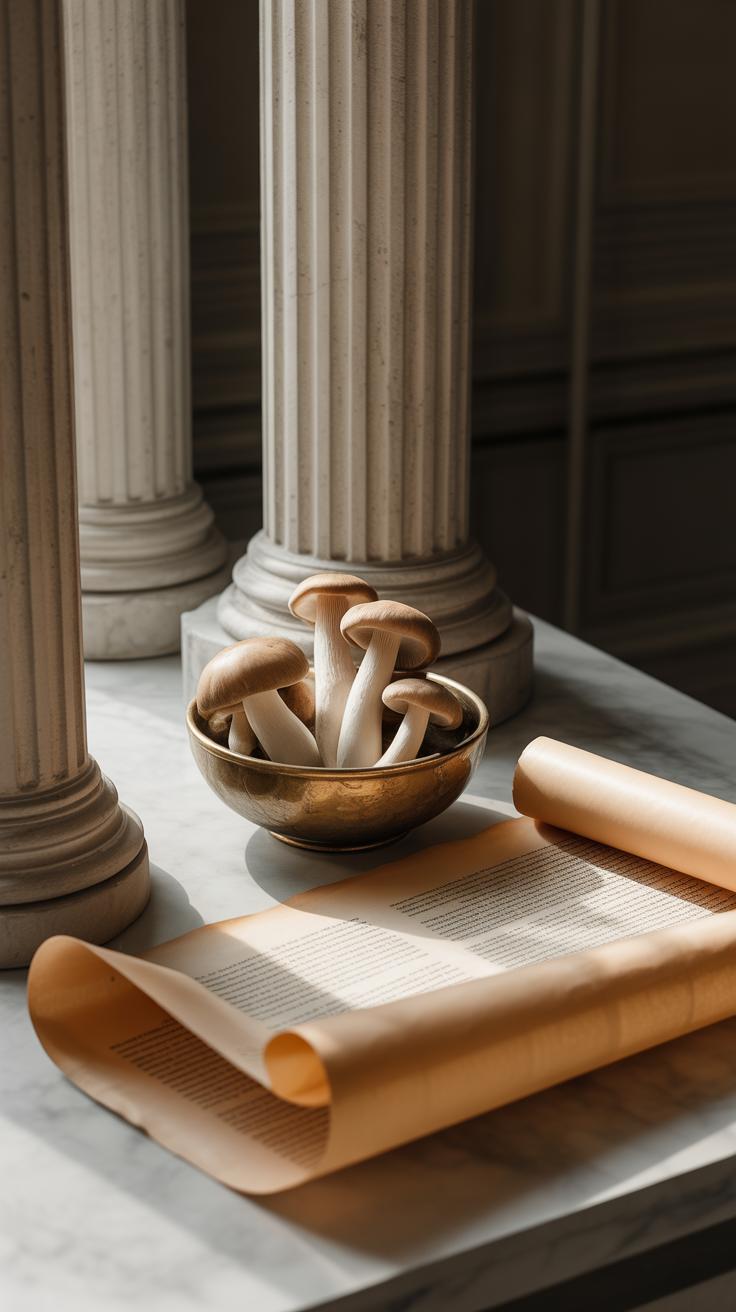
Ancient people didn’t just eat mushrooms for taste—they seemed to recognize some of their health benefits long before modern science explained why. Cultures often linked mushrooms to vitality and healing, which might sound vague, but repeated traditions suggest they noticed real effects. Some early writings hint that mushrooms were seen as sources of strength or even longevity, though the details vary and aren’t always clear.
Nutrients Provided by Mushrooms
Mushrooms supplied a surprising array of nutrients for ancient diets, especially when meat or fresh vegetables were scarce. They offered:
- B vitamins like riboflavin and niacin, which were crucial for energy and skin health
- Minerals such as selenium and potassium, supporting immunity and fluid balance
- Protein, though modest, that helped supplement plant-based meals
- Dietary fiber, aiding digestion in times when processed foods were unknown
You might wonder—did ancient cooks really know what these nutrients were? Probably not in the way we do now. But they surely noticed how eating mushrooms made them feel, especially during seasons when other food was limited.
Beneficial Herbs and Spices in Stuffed Mushrooms
Herbs and spices stuffed into mushrooms weren’t just for flavor. Many ancient recipes included elements like garlic, thyme, and coriander, each carrying its own health reputation. Garlic, for instance, was often believed to fight infections and boost energy, while thyme was used for respiratory ailments. Coriander on the other hand was thought to aid digestion and calm the stomach.
This mix of fungi and aromatic herbs created a dish that was, perhaps unintentionally, medicinal as well as nourishing. Could those old cooks have been onto something more than just taste? I think so. Even now, you can notice a slight difference when you add these herbs to your mushrooms—the aroma alone feels invigorating.
Recreating Ancient Stuffed Mushroom Recipes Today
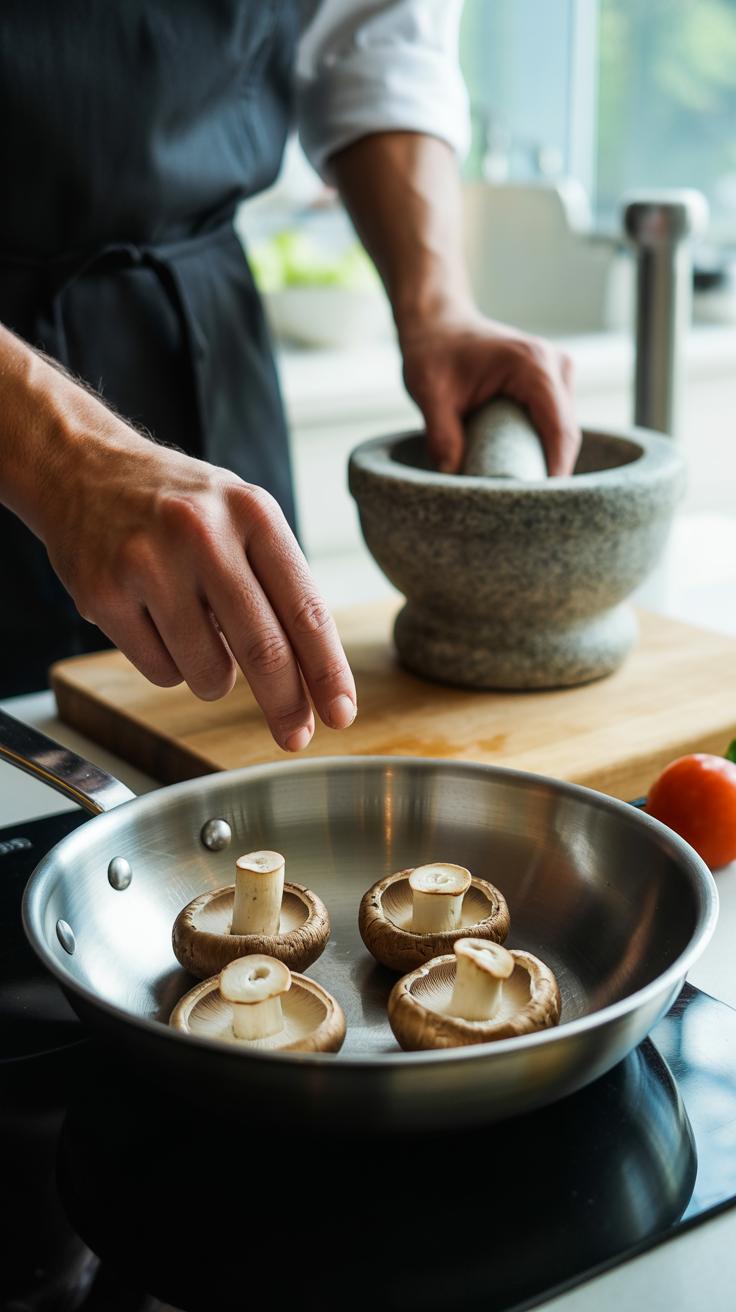
If you’re keen on bringing ancient stuffed mushrooms back to your kitchen, the first step is finding the right ingredients. Ancient cooks relied on simple, seasonal produce, often local to their region. Look for mushrooms with firm caps—portobellos or large white button mushrooms work well, mimicking the texture of types they might have used. For fillings, think of grains like barley or spelt, nuts, herbs such as dill, mint, or coriander, and maybe some finely chopped dried fruits. Try to avoid overly processed cheeses or spices; simpler flavors often gave these dishes their character.
Once you have your ingredients, prepping is crucial. Ancient recipes didn’t demand precise measuring, so trust your instincts but watch the stuffing’s moisture—too wet, and the mushrooms can get soggy. I found that sautéing fillings lightly before stuffing helps to develop flavors and prevents an unpleasant rawness.
When it comes to cooking, slow roasting at moderate heat tends to be more authentic. High heat might be tempting, but ancient ovens or fire pits didn’t create the rapid sear modern ones do. Aim for tender mushrooms with fillings that meld but still keep a bit of texture. Oh, and don’t overstuff; they were more about balance than piling on giant servings. You might wonder if the mushrooms should be peeled or not—usually, they kept the skins for earthiness and to hold moisture. Trust that the skins add to the experience, even if it feels unusual at first.
Trying this out might raise some questions—like how closely you should stick to ancient seasoning or how to find certain grains today. But the process itself—a bit experimental, sometimes surprising—is part of re-exploring those old tastes in a new kitchen.
Exploring Variations and Modern Adaptations
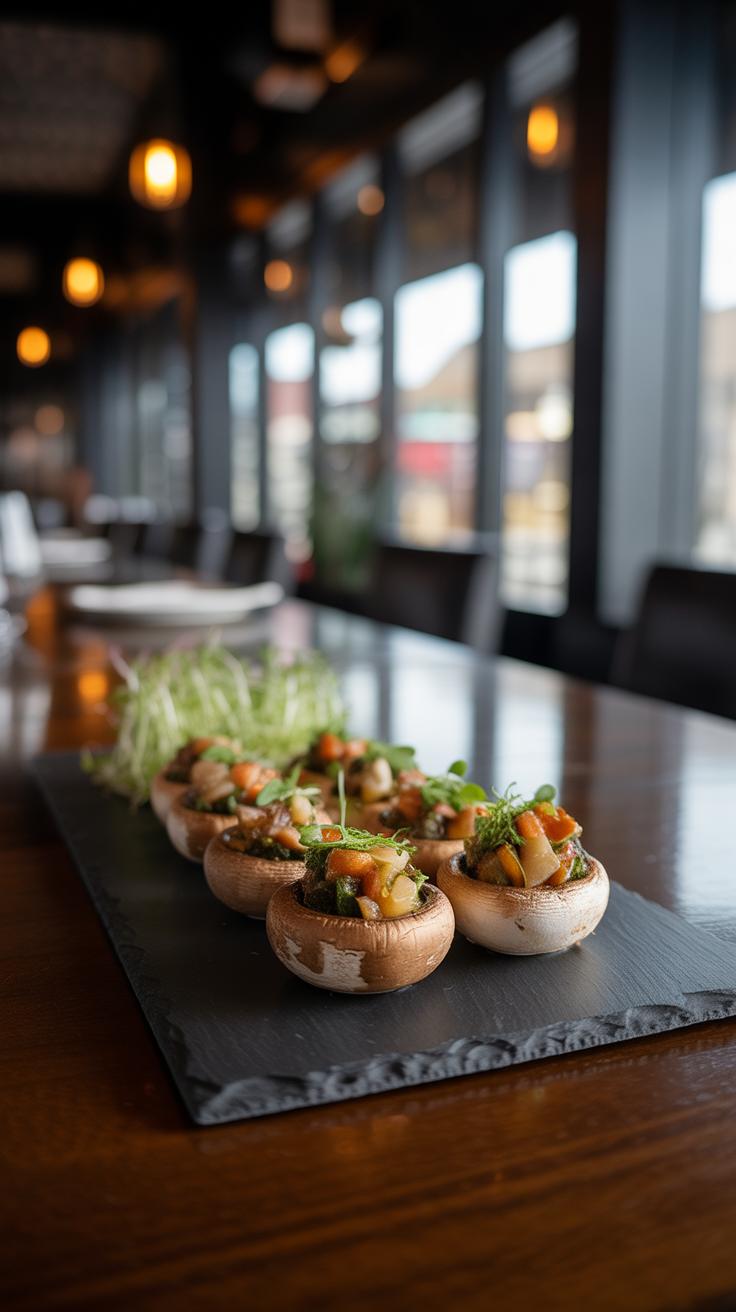
Ancient stuffed mushroom recipes laid a quiet foundation—flavors and ideas that still echo in today’s kitchens. While the basics often involved herbs, grains, and simple proteins stuffed inside mushroom caps, modern cooks have taken those concepts in fresh directions. You might think that ancient dishes are rigid, but these recipes have shown surprising flexibility.
For example, the idea of using grains or nuts as fillers has shifted toward cheeses, breadcrumbs, sausage, or seafood in contemporary versions. These ingredients bring new textures and tastes, but the essence of a hearty filling inside mushrooms remains. The ancient emphasis on herbs like thyme or oregano often now blends with garlic, spinach, or even sun-dried tomatoes.
When it comes to cooking, some kitchens pay quiet homage to older methods. Instead of just roasting in an oven, techniques such as sous vide or smoking add layers of control and flavor while nodding to the slow-cooking or fire-roasting of the past. Sautéing mushroom caps before stuffing enhances moisture retention, a trick that mirrors traditional ways of tempering heat but with better temperature precision.
So, have you noticed the way ancient and modern intertwine here? Sometimes the old feels new again, though not exactly the same. Stuffed mushrooms keep evolving, but they often carry a subtle tether back to their beginnings, inviting you to taste history in a slightly different light.
Why Stuffed Mushrooms Continue to Delight
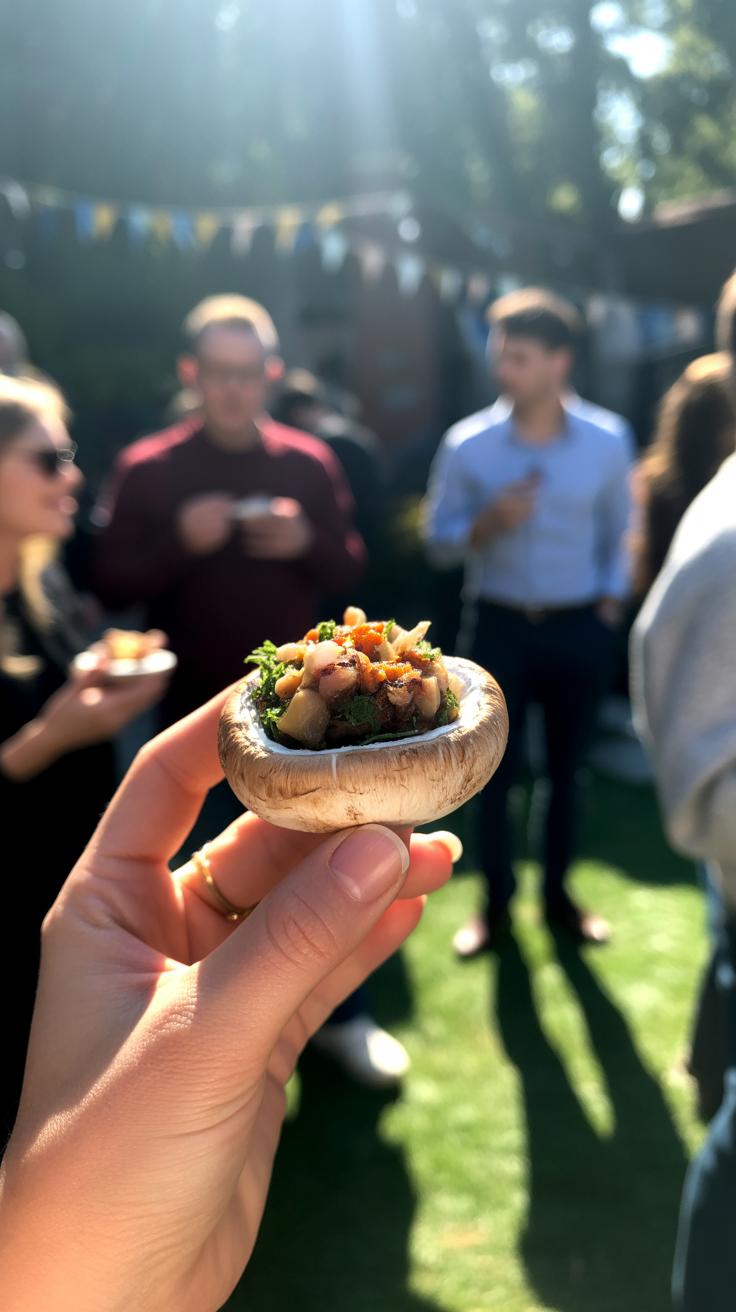
Flavor and Texture That Appeal to Many
Stuffed mushrooms offer a combination of flavors and textures that few dishes can match. The earthiness of the mushroom cap contrasts with whatever’s tucked inside — often savory, sometimes creamy, or even a little crunchy. This contrast, the blending of soft and firm, spongy and crisp, tends to catch people’s attention. You might find yourself lingering over the texture more than you expect.
The filling’s seasoning seeps slightly into the mushroom, creating layers of taste that unfold bite by bite. Garlic, herbs, cheese, nuts, or even minced meat — each variation teases the palate in a slightly different way, making it easy for diverse tastes to find something enjoyable. Some like it rich, others light, but the mushroom’s subtle, natural flavor anchors the whole experience.
There’s something about the mushroom’s surface too. It absorbs heat well but remains tender beneath a thin, slightly wrinkled skin after cooking. That mouthfeel can be really satisfying, almost chewy in just the right way. It’s a texture that’s inviting for many people, though I suppose not everyone would agree.
A Dish That Connects to History and Home
Stuffed mushrooms carry more than taste; they often carry memories. Almost everyone’s family gatherings have a version of this dish tucked somewhere on the table. It feels familiar and new all at once. Preparing them can be a ritual, too — hollowing out caps, mixing fillings, carefully stuffing each one. These acts link us to cooks long gone, who did much the same in much different kitchens.
There’s a quiet comfort in knowing that people thousands of years ago found value in this simple edible treat, just as we do today. Maybe that’s part of the appeal: it connects us directly to history, to shared human experience. It can pull at a feeling of home, even if you’re far away or have never lived where your ancestors did.
So, stuffed mushrooms remain popular not just for their taste or texture, but because they invite us to slow down, remember, and savor something layered — literally and figuratively. Somehow, that feels important, especially when food is about more than just filling your stomach.
Conclusions
Ancient recipes featuring stuffed mushrooms reveal much about the food culture and resourcefulness of early societies. These dishes combined the natural bounty of mushrooms with herbs, spices, and proteins available at the time, showing technique and care in food preparation. They remind us that simple ingredients can create deeply satisfying meals.
Through this exploration, you can appreciate how stuffed mushrooms have evolved yet remain a favorite due to their versatility and flavor. Trying recipes inspired by these old traditions can connect you with the past and inspire you to create tasty, wholesome meals in your kitchen.


